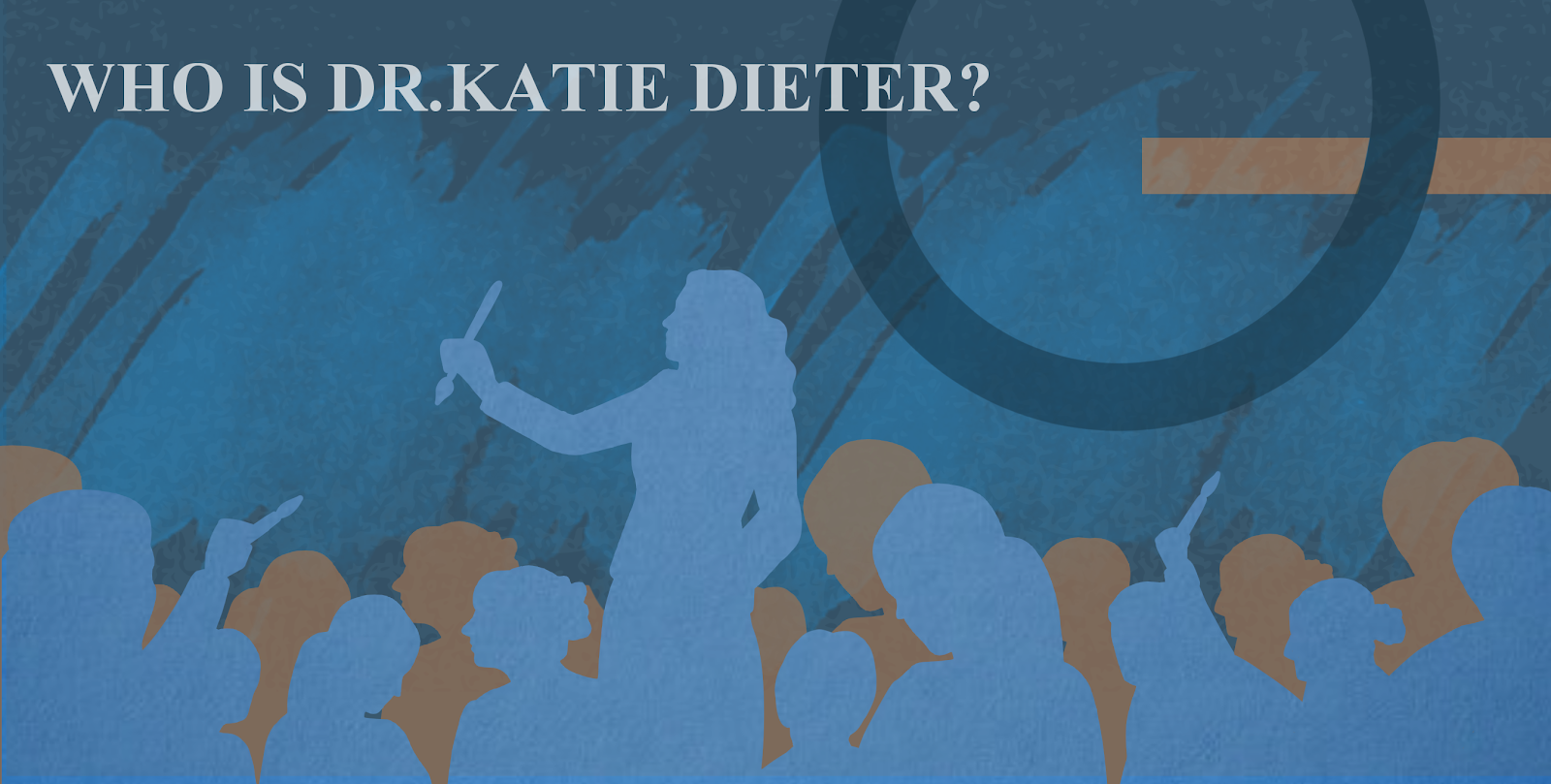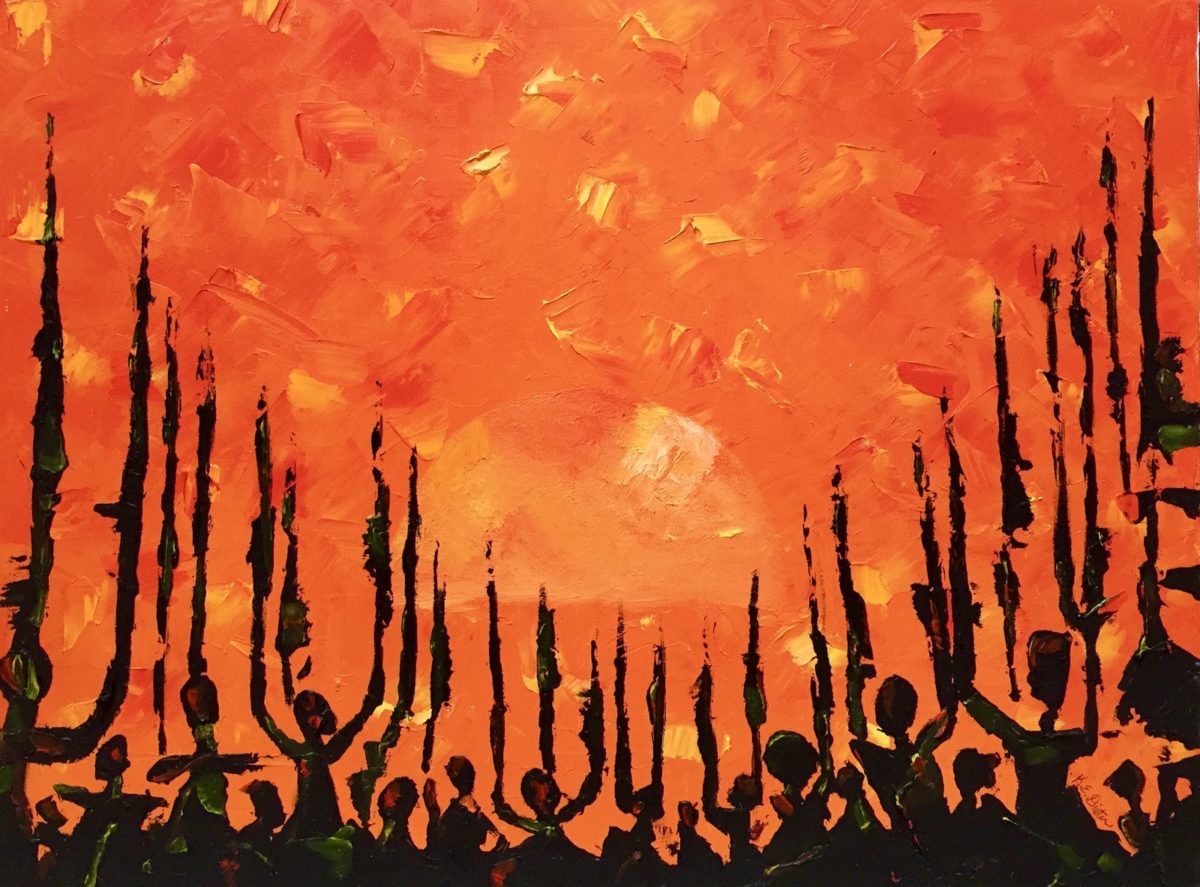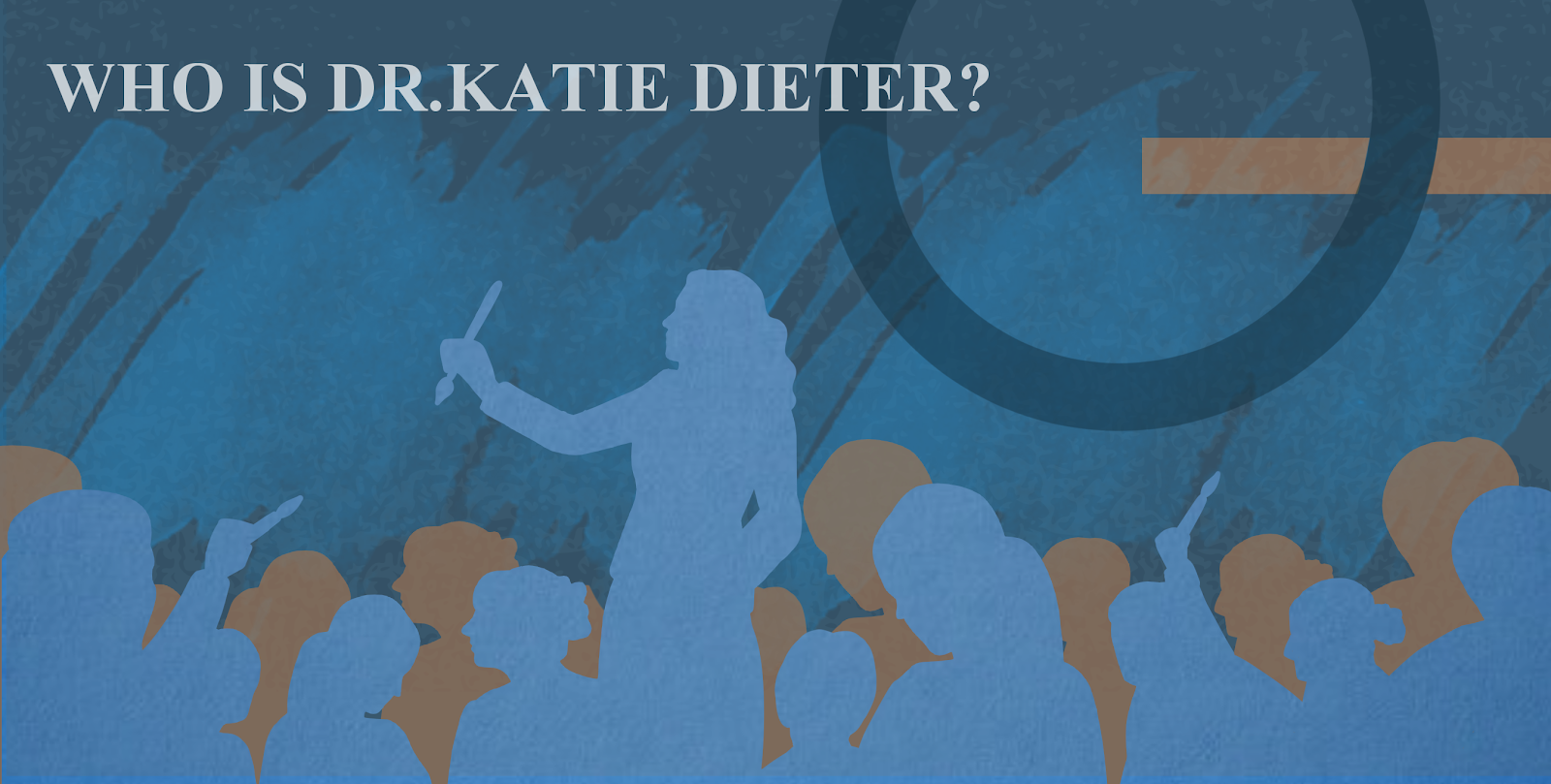
AAAS newcomer Katie Dieter brings optimism amid the fight for departmentalization
By Rosana Maris Arias on April 14, 2021

Katie Dieter became the Associate Director of Stanford’s African and African American Studies (AAAS) program in August 2020, as the murder of George Floyd continued to shake the nation and as Black student advocates propelled the decades-long fight to departmentalize the program. At the same time, the program’s director, Allyson Hobbs, was on sabbatical, and the ongoing coronavirus pandemic continued to challenge education in unprecedented ways.
Stanford’s African & African American Studies (AAAS) program, which was one of the first Black Studies programs in the nation, recently received a recommendation for departmentalization, just six months after Dieter stepped into her role.
“The field of Black Studies means so much to me both personally and professionally as an artist, scholar and administrator, and I feel fortunate to be able to do this important work alongside so many dedicated faculty, staff and students who have so graciously welcomed me into to the Stanford community,” Dieter wrote in a statement to The Daily.
Dieter’s work is crucial to the function of the AAAS program. When she is not overseeing AAAS staff and program operations, managing the program’s budget or developing programming with other staff, Dieter also teaches AFRICAAM 105: Black Matters: Introduction to Black Studies. Dieter said that she loves the multifaceted nature of her position because it “allows her to engage with a variety of people at Stanford.”

“I idolize how dedicated she [Dieter] is and how she always makes sure she welcomes new students with open arms when they declare AAAS as their major/minor.”
— Sasha Jackson, AAAS Administrative Associate
AAAS Administrative Associate Sasha Jackson said that she admires the way Dieter speaks about her research on the relationships between Black Studies and the visual and performing arts. She further described Dieter as “very innovative and artistic.”
Prior to joining the AAAS program, Dieter was senior lecturer at Edna Manley College of the Visual and Performing Arts in Jamaica, where she lectured in the college’s humanities and art history departments. Dieter was also the college’s faculty representative for the Gender Ambassadors Program — a Jamaican government initiative that promotes gender equality and education.

Luke Williams, a third-year modern thought and literature Ph.D. student, who was on Dieter’s interview panel when she applied for the associate director position, told The Daily that Dieter enthusiastically stepped into the role despite knowing that it would come with challenges.
“I think she’s done a remarkable job of being available for students, supporting graduate students [and being] communicative, all while learning the role,” Williams said.
Jackson added that Dieter works to ensure that students have the confidence and motivation they need to be successful.
Dieter says that she typically maintains an optimistic outlook on life and work. Despite stepping into the position remotely, she has been able to forge meaningful relationships with co-workers and students. She added that she is looking forward to the day she can step onto Stanford’s campus and meet her colleagues and students in person.

Dieter has been a fierce advocate for AAAS departmentalization. Kristin McFadden, a second-year anthropology Ph.D. student and executive board member of the Black Graduate Student Association (BGSA), has worked with Dieter in the association’s efforts to departmentalize the program, as well as in event planning for the Black Studies Collective.
“Dr. Dieter’s presence in AAAS at Stanford has contributed to AAAS’ continued presence as a central place on campus for the Black community in addition to being a place of deep scholarly inquiry on Black experiences,” McFadden wrote.
Dieter said that she views this as an exciting time to work in AAAS, especially at Stanford, where support for departmentalization has grown stronger. She wrote that witnessing student advocacy, specifically BGSA and the Black Student Union’s (BSU) relentless commitment to departmentalize AAAS, has been tremendous.
“The recent acceptance of AAAS departmentalization is monumental, and although there is a lot of work yet to do, I remain hopeful and stand ready to serve AAAS through this exciting and significant process,” Dieter wrote.
Still, Deiter’s identity extends far beyond her professional responsibilities. She is a self-described astrology aficionado, nature lover and Pisces sun and has an eclectic music taste ranging from hip-hop to dancehall music. Her memory does not let her down; in fact, she rarely forgets a birthday.
In addition to being a scholar in the Black and gender studies fields, Dieter is a visual artist who incorporates themes of race, gender, sexuality and culture and nation into her artwork. Three of Dieter’s artworks were recently featured in “The 2020 Project,” a special issue publication assembled by the AAAS program at Stanford. “It’s American History” is one of them.

Dieter described “It’s American History” as a painting that “speaks to the struggles of racial injustice in the United States and particularly highlights the importance of resistance, liberation and uprisings that are integral parts of Black people’s experiences in the U.S. and within African diasporic history.”
She added that the painting embodies the continued resistance of Black Americans and other communities in the African Diaspora to institutionalized racial injustice, which she described as “an important part of American history” that “is sometimes ignored or glossed over in mainstream education.”
